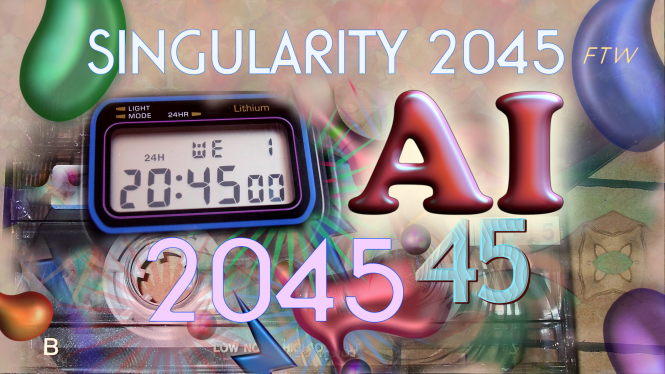Artificial Intelligence and Cognitive Science

It is no secret that the human brain works in a specialized manner using neurons to emit electrical signals and send messages to one another (Chudler, 2001). The logic behind artificial intelligence is similar to how the brain works. Scientists wanted to create a machine that emulated how the human brain work, one that will act and perform tasks like humans, hence the term artificial intelligence (AI).
Andre LeBlanc sheds some light on some futuristic predictions of artificial intelligence in this Ted Talk video:
In a bid to restructure artificial intelligence, after several decades of its discovery, Yann Lecun worked effortlessly to produce machines that could read handwritten notes and perform other features restricted to humans alone (Simonite, 2015). Even though only a few people perceived and appreciated his idea, Lecun was not dissuaded because he had a vision of what he wanted as the end result. His method of approach portrayed him as a preferential global and visual learner with a moderation of sensing and intuitive capabilities (Felder & Solomon, n. d.). Over time, as the use of AI computers began to make wave several companies such as Google, Facebook, Microsoft and many others began to adapt its techniques (Simonite, 2015). Many corporations including schools began to appreciate its usefulness and came up with ways that its intelligence could be applied to various fields. Schools use these computers in teaching students mathematical concepts, logical reasoning skills, language and many others.

Although the usefulness and intelligible performance of these machines are innumerable, there are still certain aspects of the human entity such as emotions and commonsense, that is yet to be expressed. This voidness leaves many of us wondering if this aspect of AI will ever be accomplished.
Question to ponder: Are there any rules or restrictions to the creation of these machines or does anything go as long as they are able to perform the tasks for which they were created?
Here is a link to an article that gives helpful insights about artificial intelligence: http://web.a.ebscohost.com/ehost/detail/detail?vid=4&sid=483eda40-64b1-4a5a-ae67-13bc63137760%40sessionmgr4004&hid=4109&bdata=JmF1dGh0eXBlPWNvb2tpZSxjcGlkJmN1c3RpZD1uczAxNzMzNiZzaXRlPWVob3N0LWxpdmUmc2NvcGU9c2l0ZQ%3d%3d#AN=AR151400&db=funk
References
Chudler, E. H., (2001). A computer in your head? Odyssey Magazine, 10: 6-7. Retrieved from: https://faculty.washington.edu/chudler/computer.html
Felder, R. M. and Solomon, B. A., (n. d.). Learning styles and strategies. Retrieved from: http://www4.ncsu.edu/unity/lockers/users/f/felder/public/ILSdir/styles.htm
Simonite, T., (2015). Teaching machines to understand us. MIT Technology Review, 118(5), 70-77.
LeBlanc, A. (TedTalks, 2015). Artificial Intelligence and the future.